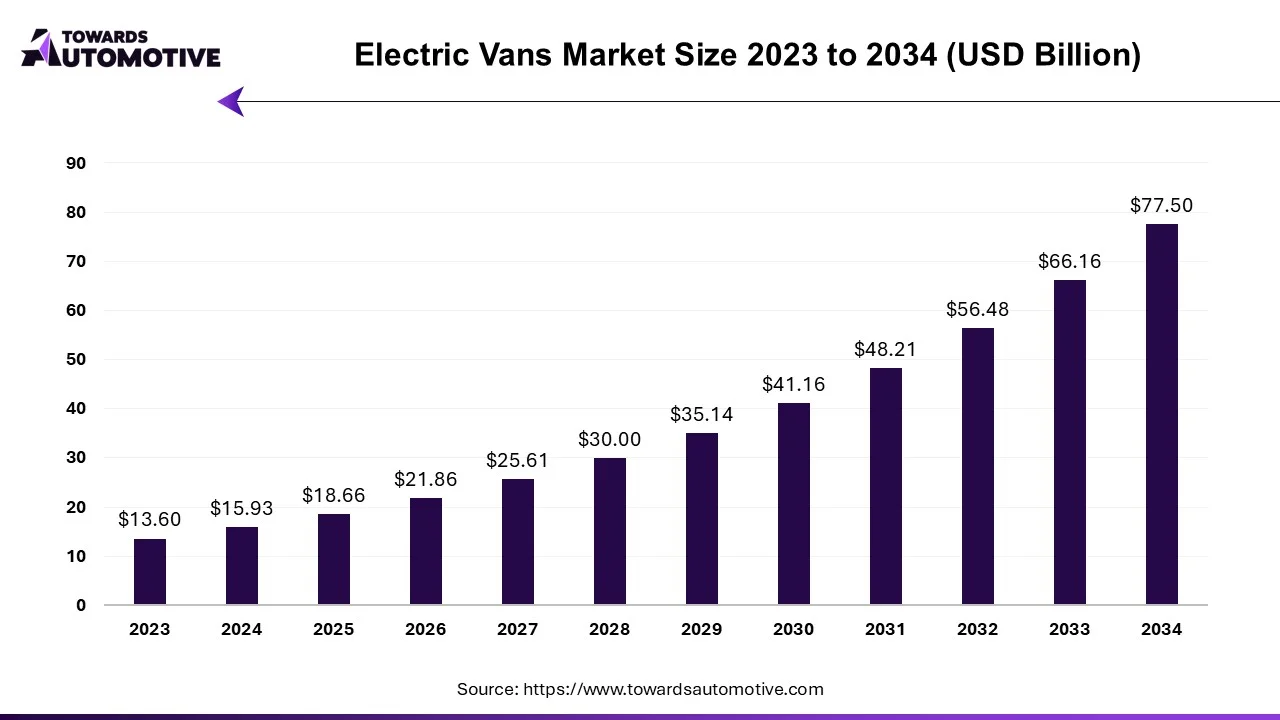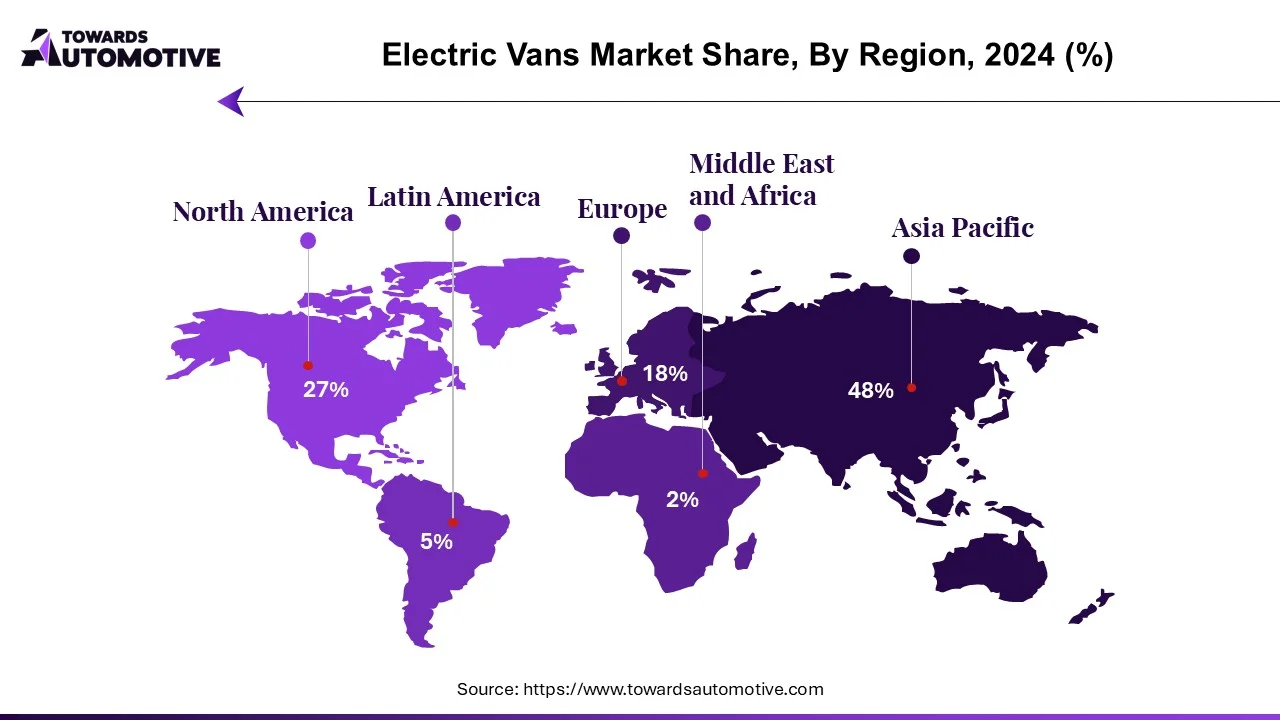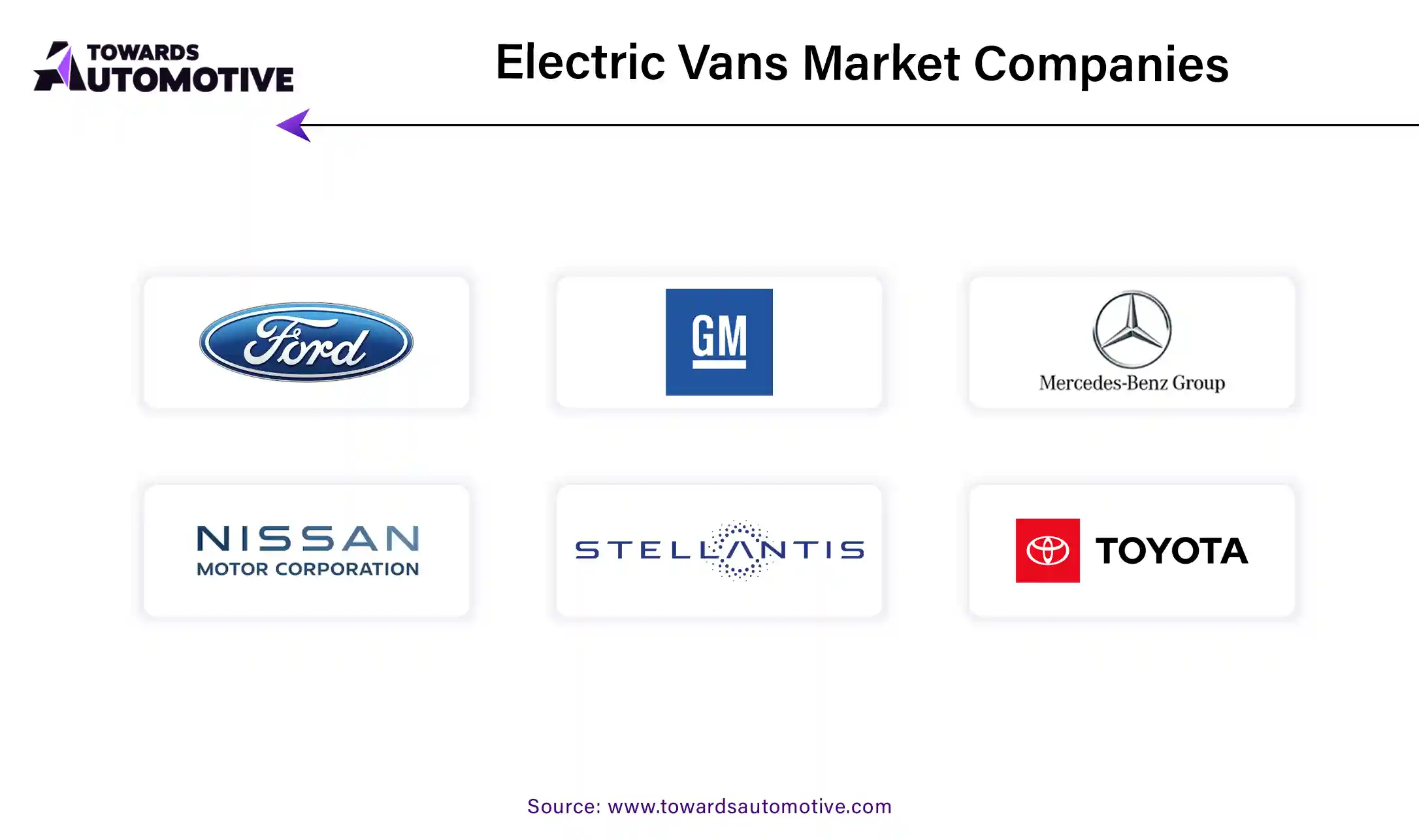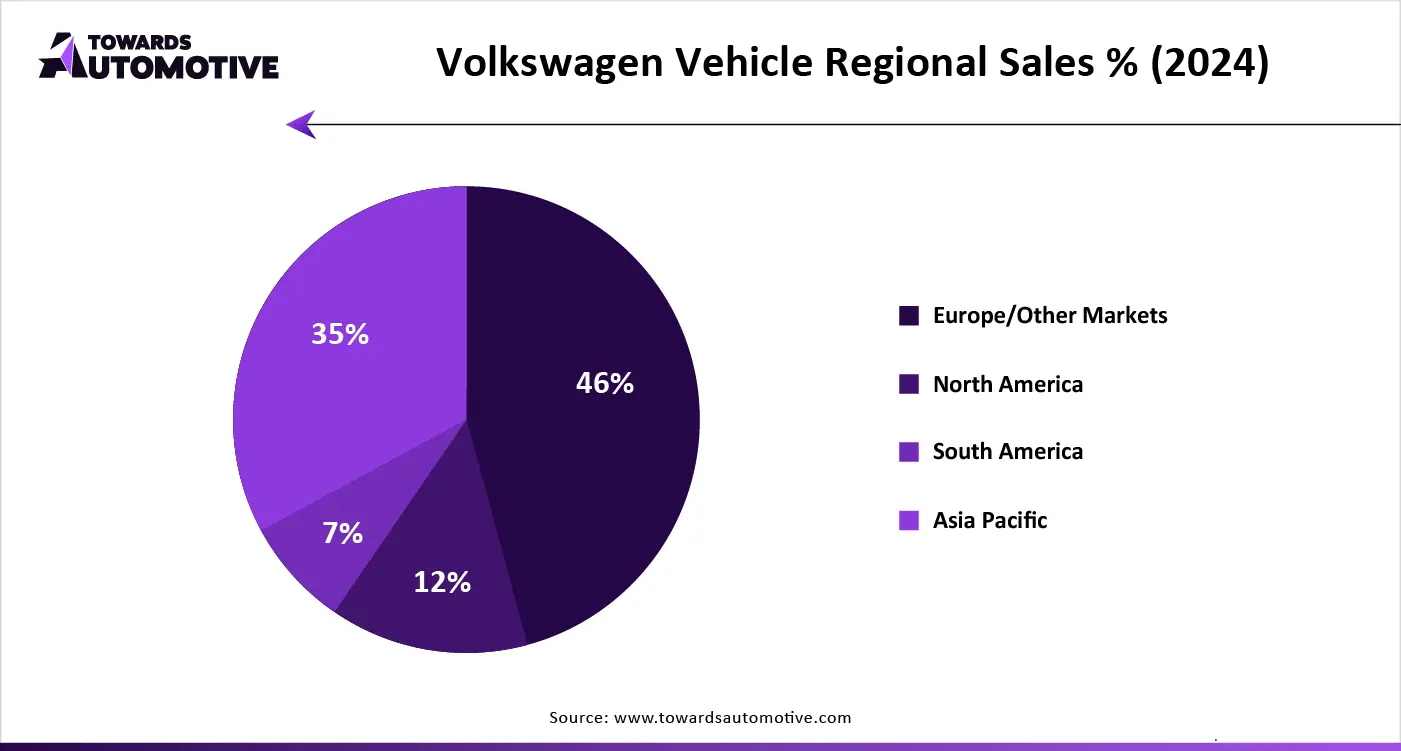October 2025
The electric vans market is forecast to grow from USD 18.66 billion in 2025 to USD 77.50 billion by 2034, driven by a CAGR of 17.14% from 2025 to 2034. The growing sales of hybrid vans in Western nations coupled with technological advancements in electric vehicle industry has boosted the market expansion.
Additionally, numerous government initiatives aimed at developing the EV charging infrastructure along with rapid investment in battery industry by private entities is contributing to the industrial growth. The research and development related to silicon anode batteries and zinc-air batteries is expected to create ample growth opportunities for the market players in the upcoming days.

The electric vans market is a crucial segment of the automotive industry. This industry deals in manufacturing and distribution of electric vans around the world. These vehicles are powered by different propulsion technology including battery electric and hybrid. The electric vans deliver numerous driving ranges between 100 miles and 300 miles. It is powered by several types of batteries comprising of lithium-ion battery, sealed lead acid battery, nickel metal hydride battery and some others. The growing adoption of electric vans by fleet operators to reduce vehicular emission has contributed to the overall industrial expansion. This market is expected to rise significantly with the growth of the electric vehicle industry across the globe.
| Metric | Details |
| Market Size in 2024 | USD 15.93 Billion |
| Projected Market Size in 2034 | USD 77.50 Billion |
| CAGR (2025 - 2034) | 17.14% |
| Leading Region | Asia Pacific |
| Market Segmentation | By Propulsion, By Range, By Battery, By Application and By Region |
| Top Key Players | BYD Singapore; Nissan; Volkswagen; Mercedes-Benz USA, LLC; Ford Motor Company |
The major trends in this market consists of government initiatives, EV startups, fast charging technology.
Numerous governments are launching several initiatives for adopting EVs and developing the EV charging infrastructure.
The number of startups companies dealing in electric vehicles has rapidly grown in several countries such as India, China, Vietnam, Canada and some others.
The EV companies are constantly engaged in developing fast charging solutions to reduce range anxiety and increase adoption of EVs.
| Supplier (principal e-van models) | Metric shown | 2024% |
| Mercedes-Benz Group (eSprinter, eVito) | Operating margin (Group) | 8.10% |
| Renault Group (Trafic E-Tech, Kangoo E-Tech) | Operating margin (Group) | 7.60% |
| BYD (eTP3, T3; focuses more on e-LCVs & vans regionally) | Operating margin (Group) | 6.39% |
| Volkswagen Group (ID. Buzz Cargo, e-Crafter) | Operating margin (Group) | ~5.9% |
| Stellantis (Fiat E-Ducato, Peugeot e-Expert, Opel/Vauxhall Vivaro-e, Citroën ë-Jumpy) | Adjusted operating margin (Group) | ~5.5% |
| Ford Motor (E-Transit) | Adjusted EBIT margin (Company) | ~5.5% |
| SAIC Motor (Maxus/LDV) (eDeliver 3/7/9) | Operating margin (Group) | ~1.67% |
| Nissan (Townstar EV) | Operating margin (Group) | ~0.6% |
| Rivian (Electric Delivery Van for Amazon; RCV platform) | EBITDA (annual) | Negative (~–$3.66B) → margin negative |
The lithium-ion segment dominated the market. The rising use of li-ion batteries in luxury vans to enhance driving performance and improve driving range has boosted the market expansion. Additionally, collaborations among EV vans manufacturers and battery companies to develop advanced li-ion batteries is further contributing to the industrial growth. Moreover, numerous advantages of these batteries comprising of long cycle life, high energy density, low self-discharge rates and some others is expected to propel the growth of the electric vans market.
The nickel metal hydride (NiMH) segment is expected to rise with a significant CAGR during the forecast period. The growing use of NiMH batteries in hybrid vans to deliver superior performance and enhanced safety as compared to other types of batteries has boosted the market expansion. Also, several benefits of these batteries including good power delivery, longer life cycle, high safety, superior energy density, low cost and some others is expected to drive the growth of the electric vans market.
The commercial segment led the market. The rising adoption of electric vans by fleet operators to lower maintenance cost and increase profit margins has driven the market expansion. Additionally, rise in number of smartphone applications that provides easy booking and tracking of electric vans is contributing to the overall industrial growth. Moreover, partnerships among cab operators and EV companies to deploy electric vehicles to enhance ride-sharing operations is expected to boost the growth of the electric vans market.
The personal segment is expected to rise with a notable CAGR during the forecast period. The increasing sales of luxury electric vans in several developed nations such as Germany, France, the U.S. and some others has boosted the market expansion. Additionally, the increasing awareness among individuals to reduce vehicular emission coupled with numerous incentives and subsidies provided by government for purchasing EVs is driving the growth of the electric vans market.

Asia Pacific led the electric vans market. The growing adoption of electric vans in several countries such as India, Japan, South Korea, China and some others has boosted the market expansion. Additionally, rise in number of EV startups coupled with increasing consumer awareness for reducing CO2 emission is playing a vital role in shaping the industrial landscape. Moreover, the presence of several market players such as BYD, Nissan, Toyota and some others is expected to propel the growth of the electric vans market in this region.
North America is expected to rise with a considerable CAGR during the forecast period. The rising adoption of electric vans by ride-sharing companies in the U.S. and Canada has driven the market growth. Additionally, numerous government initiatives aimed at developing the EV charging infrastructure along with rise in number of EV fleet operators has contributed to the overall industrial expansion. Moreover, the presence of several electric van manufacturers such as Rivian, Ford Corporation, General Motors and some others is expected to drive the growth of the electric vans market in this region.
In June 2025, Carlotta Mathis, the head of strategy and marketing at Iveco made an announcement stating that,” This achievement is especially meaningful as it unfolds in the year of our 50th anniversary, these new vehicles are a testament to our ongoing pursuit of innovative solutions designed to meet the needs of our customers. “We are excited about the possibilities that lie ahead and are committed to leading the way in revolutionizing the transportation landscape through our valued partnership.”

The electric vans market is a rapidly developing industry with the presence of several dominating players. Some of the prominent companies in this industry consists of Renault; BYD Singapore; Nissan; Volkswagen; Mercedes-Benz USA, LLC; Ford Motor Company; Rivian; Stellantis Europe S.p.A.; MAN; Volvo Car Corporation and some others. These companies are constantly engaged in manufacturing electric vans and adopting numerous strategies such as acquisitions, partnerships, joint ventures, launches, collaborations and some others to maintain their dominance in this industry.

By Propulsion
By Range
By Battery
By Application
By Region
October 2025
October 2025
October 2025
September 2025
We offer automotive expertise for market projections and customizable research, adaptable to diverse strategic approaches.
Contact Us